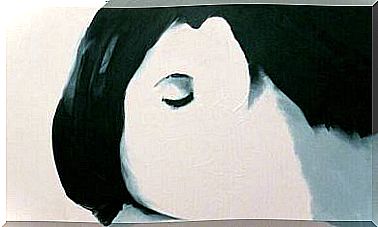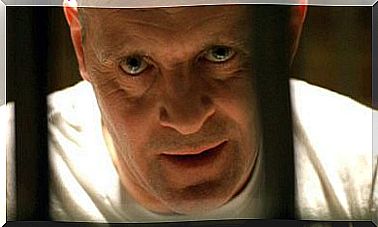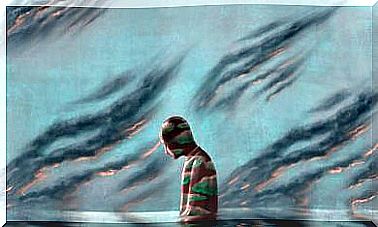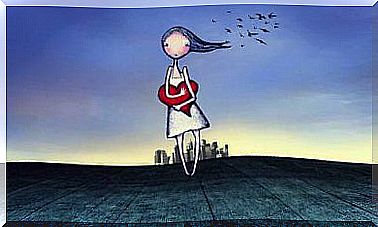Leonardo Da Vinci’s Fascinating Discovery
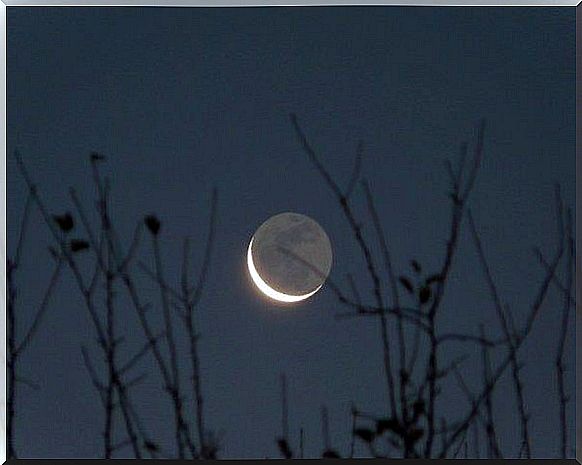
His great inventions are nothing new, but each time we learn of new discoveries that, in his time and also today, continue to be talked about. Da Vinci’s figure is surrounded by mysteries, myths and legends that have been perfected and clarified over time. In his time, he was, without a doubt, the person who was most interested in human anatomy, a passion that remains an example for today’s physicians.
What is this great discovery that led us to publish this article today ? What is known is that, in the year 1500, Leonardo da Vinci solved a great mystery after studying for a long time: the glow of planet Earth. He found that it is only possible to observe the Earth’s brightness when there is a crescent moon and when the sun sets over the horizon. You have to search the edges of our satellite to see a ghost image, as if it were full. Until Da Vinci’s theory, it was believed that the moon’s glow was reflected on the planet, but the opposite is true.
This can be proven further down in time (about 500 years later), when Apollo sent the first men to the Moon. Let’s think that, in Leonardo’s time, this was more difficult to prove (it was technologically impossible to carry out space travel) , but still he was convinced of his hypothesis. When the sun sets on the moon it darkens, but not in its entirety. There is still one more light in the sky, which is nothing more, nothing less than Earth. The planet we inhabit is responsible for illuminating the night, with a brightness 50 times stronger than that of the moon when it is in its full phase, that is, when it is full. This produces a pale glow, which gives the satellite a ghostly air.
Let’s imagine, for a moment, that we are in the year 1500. We would need a really extraordinary ability to think the same as da Vinci. It’s just that, until that moment, the center of the universe revolved around the Earth, and this idea was still alive for some decades. For example, in the mid-16th century, 24 years after Leonardo’s death, his hypothesis that the Earth revolved around the Sun rather than the other way around (heliocentrism) was refuted by Nicolaus Copernicus.
But, going back to Da Vinci, he was the first to “look” as if he were sitting on the Moon, with a telescope observing the Earth. Most people thought he was crazy and that it was impossible, but if there was one thing this wonderful scientist had it was imagination to spare. It only takes a look at your notebooks and notes to realize this.
The sketches of military tanks, flying machines, submarines and even a robot allow us to think that he was way ahead of his time and in his time. For him, Earth’s glow was a recurring subject. He was very interested in everything related to light and shadow, in his role as an artist and draftsman. When he was in his role as an engineer or mathematician, his passion was geometry. And in his rest time, he thought about how to travel to the moon.
In Da Vinci’s Codex Leicester, from the year 1510, we find a page entitled “About the Moon: No solid body is lighter than air”. This indicates that he vehemently believed that the Moon had an atmosphere and oceans, that it was an excellent reflector of light, and that it was covered by a great deal of water. Regarding his “mysterious glow”, it is worth noting that his explanation said that it was “sunlight that falls on the Earth’s oceans, and it is as if it bounces off the Moon”.
Da Vinci was wrong on two issues (but that doesn’t mean we should take credit for all his discoveries and theories). First, the moon has no oceans. This was confirmed when Apollo astronauts landed in the “sea of tranquility” and walked over rocks. In fact, the Moon’s seas are hardened lava, not water. Second, the oceans are not the reason why sunlight reflects off the Earth or the Earth’s brightness, as he meant. Those responsible for this phenomenon are the clouds.
This was also attested to by the spacecraft’s crew. They saw that the parts where there were oceans were dark, and where there were clouds, our planet glowed. However, da Vinci had understood the generality of this idea and set a precedent in history, like most (not to say all) of his inventions.
Humans are likely to travel to this location that was responsible for much of Leonardo’s imagination 500 years ago. NASA has been thinking about sending astronauts to the moon in the year 2018, and they should stay there for weeks or even months (the astronauts who went to Apollo 11 were only there for two days). In the process, they want to analyze dusk and the halo of earth’s glow, something our dear 16th-century inventor would have loved to do as well.
